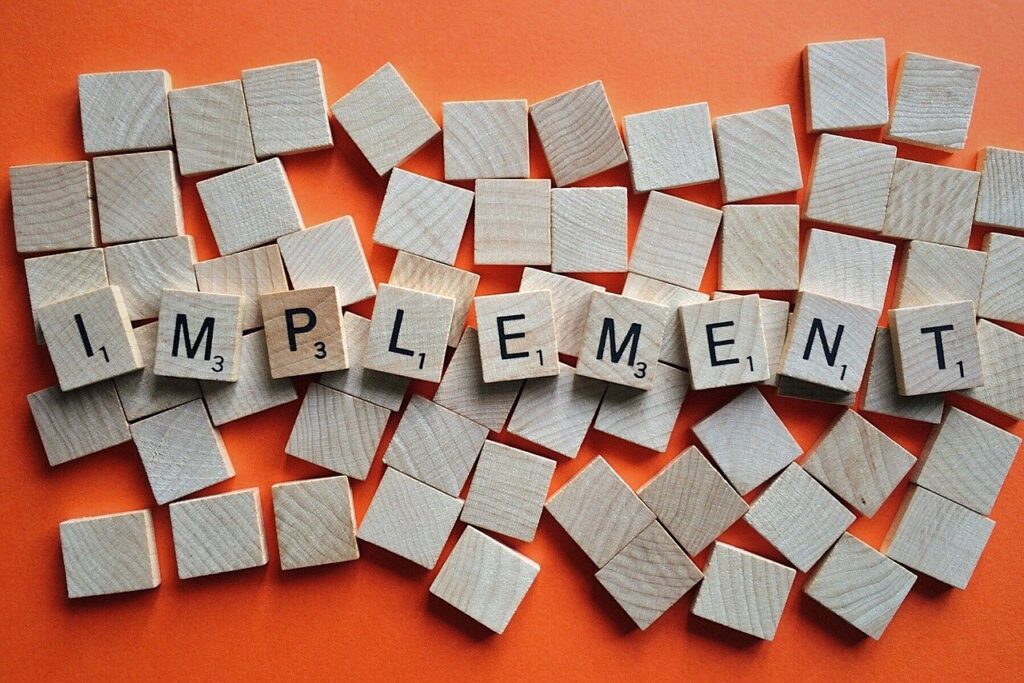I want to get in good physical shape! I want to learn programming! I want to be an expert in my field! I want to stop playing video games! These are some of my goals over the past few years and these are also commonly desired outcomes that people want. However, I found that even though people tell me they really want these things, many times people struggle to achieve these things. When they think about what they want to achieve or have, they get really excited, yet when the “moment of decision” presents itself, people often choose to forsake the opportunity for a number of reasons. Some people just think they are lazy, but that is only a simplification of what is really going on.
So what’s really going on? First off, there are two key factors to ensure a successful outcome. The first one is proper planning and the second one is execution. The rational brain can be great at making plans. For many people making plans is not the challenge. They can create a step by step plan full of detail that creates a feeling of excitement and eagerness. However, when the moment comes to execute the plan, it feels so difficult to do. It is the execution of the set plan that is the challenge for many of us and most of the advice I see on youtube and books only address things singularly in a silo. Taking advantage of the “Moment of Decision” is more than just cues and reminders and it is more than just visualization of the future and more than just identity and affirmations. It is a combination of all of them through a framework of past, present and future.
Our “moments of decision” are not solely based on our present circumstances. On a surface level, it can be seen as a battle between your conscious and subconscious mind. This is also known as the rational vs emotional parts of our brain (neocortex & limbic). So how do these two parts of our brain make a decision? Most of the time, the rational brain will want to choose the path of growth. However, the emotional brain tends to favor safety and security. In most cases, the emotional brain is the winner. Looking at the mechanics under the hood, I believe that both the rational brain and emotional brain are doing a calculation of the return on investment (ROI) of the action to determine if it’s worth it. To determine that action’s worth, it calculates the total pleasure against the total pain of the action not only just now, but also through past experiences and future payout
Our “Moment of Decision” calculates past, present, and future pain and pleasure to determine if the action is worth it.
For example, if you want to exercise more, but in the past it was painful and boring and didn’t get the results you wanted, that would become a big negative value against trying to exercise today. You may be starting at a value of -10. However, if you spend a lot of time visualizing how things will be different if you do it and can get excited about a new gym or routine, that could be a +10. So then in the moment, if you’re lisitening to really energetic music and the weather is nice, that might give you a +10 and so the net result of the past, present, and future pleasure may be enough to get you to the gym! The opposite can also be true. This is why succcess creates more success. Successful people leverage their previous pleasure of success and that gives them a positive past value.
So in an effort to keep this short, your “moment of decision” (MOD) actions are based upon the return on investment (ROI) of your past, present, and future associations of the action. You want to create a net sum of enough positive pleasure of the action to get yourself moving. This is why therapy can help because we can learn to reframe, rewrite, let go of past pains to get the past to 0 or even better so we can have a better starting point. We can then visual the future to create future pleasure. And then we can use cues and set ups to help with the present so that our net pleasure makes it worth it.
How to Utilize This Knowledge
When exploring a situation when you’re not taking action on what you want, ask yourself where is the resistance coming from. Is it the past, present, or future circumstance that is holding you back? Then find ways to effectively manage that aspect of your situation.

